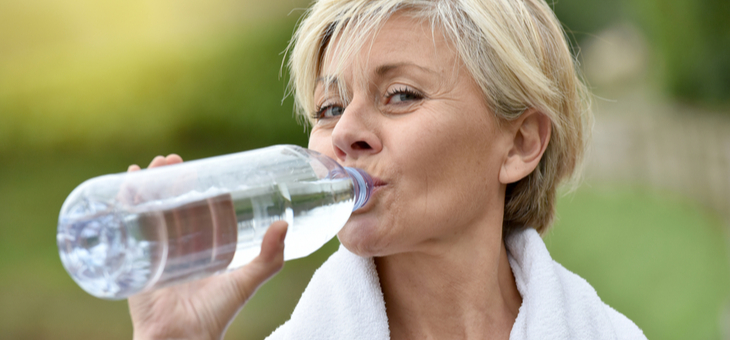If you think plastic is safe for food and beverage packaging, you’ll soon think again.
Bisphenol A (BPA) is a chemical found in a wide range of food and drink packages, as well as in epoxy resins used to coat the inside of metal products, such as food cans, bottle tops and water supply lines. Dental sealants and composites, eyeglass lenses, household electronic and kitchen items, and some toys and sports equipment may also contain BPA.
Research has linked low-dose BPA exposure to cardiovascular problems, such as angina, heart attack, hypertension, coronary artery heart disease and peripheral artery disease. BPA may also trigger arrhythmias, atherosclerosis, and increased blood pressure. It can also cause male impotence, affect your brain and, as an endocrine disruptor, can wreak havoc with your hormones.
While BPA in low doses has been ruled, perhaps incorrectly, as relatively harmful (but would you take that chance?), a more accurate method of measuring bispehnol A (BPA) levels in humans has found that exposure to this harmful chemical is far higher than previously assumed.
The study, published in The Lancet Diabetes & Endocrinology, proves that the measurements used by regulatory agencies are flawed, underestimating exposure levels by as much as 44 times.
“This study raises serious concerns about whether we’ve been careful enough about the safety of this chemical,” said corresponding study author Professor Patricia Hunt.
“What it comes down to is that the conclusions federal agencies have come to about how to regulate BPA may have been based on inaccurate measurements.”
The US Federal Drug Administration has evaluated data from various studies measuring BPA in human urine and determined that exposure to the chemical is at very low, and therefore, safe levels.
Assistant Professor Roy Gerona has developed a more accurate way to measure BPA that accounts for BPA metabolites, which are created as the chemical passes through the human body.
His method revealed much higher levels of BPA, as much as 44 times the mean reported by the National Health and Nutrition Examination Survey (NHANES). The disparity between the two methods increased with more BPA exposure: the greater the exposure the more the previous method missed.
“I hope this study will bring attention to the methodology used to measure BPA, and that other experts and labs will take a closer look at and assess independently what is happening,” said Prof. Gerona.
“BPA is still being measured indirectly through NHANES, and it’s not the only endocrine-disrupting chemical being measured this way,” he said. “Our hypothesis now is that if this is true for BPA, it could be true for all the other chemicals that are measured indirectly.”
So, is it time to ditch the plastic?
Bottled water companies have long marketed their product as healthier than tap water.
However, at least four popular brands of bottled water – Nature’s Best, Pureau, Aqua Pura, and Refresh – are nothing more than treated tap water, according to CHOICE.
Even when bottled water says it comes from a natural source, there’s no requirement that it be the actual source mentioned on the label.
Take Mount Franklin water, for instance. It comes from various springs across five different states, including one from Queensland, some 1600km from Mount Franklin in Victoria
CHOICE has proven that bottled water is not healthier or more hydrating than tap water and most people can’t even tell the difference in a taste test.
Bottled water is also hundreds and, in some cases, thousands of times more expensive than bottled water.
Tap water costs less than one cent a litre. Mount Franklin costs $3.62 a litre.
And the plastic in the bottle could be slowly killing you.
Which is the better investment?
If you enjoy our content, don’t keep it to yourself. Share our free eNews with your friends and encourage them to sign up.
Related articles:
Plastic causes breast cancer
How to reduce your plastic waste
The final straw in the plastic war

